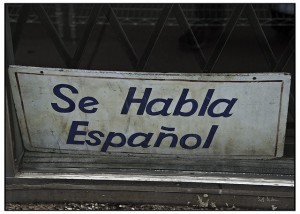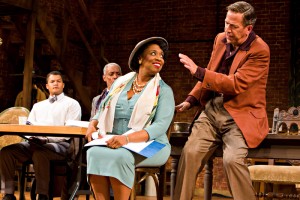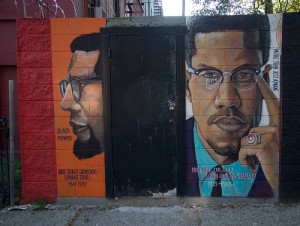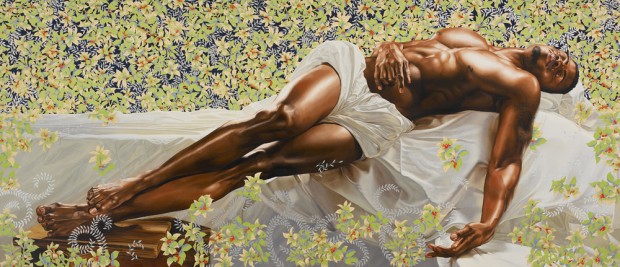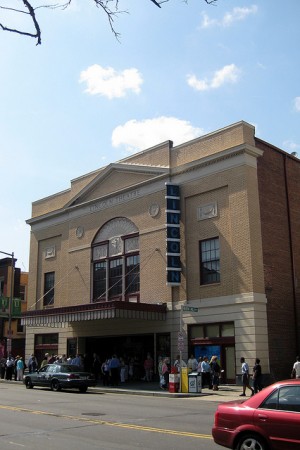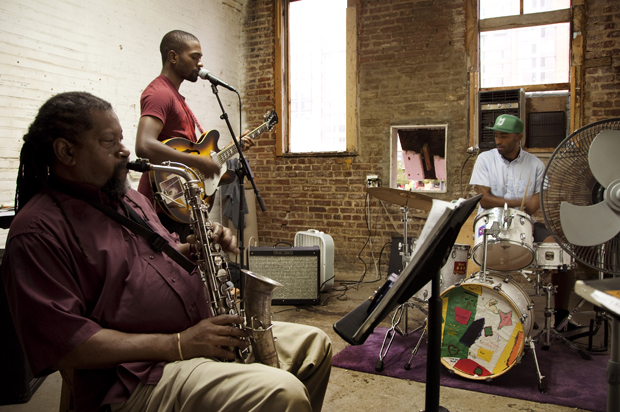
Elahe Izadi / DCentric
Cynthia Robbins, Lincoln Theatre board member, makes an appeal for funding to save the theater.
When the Lincoln Theatre opened in 1922 on U Street, it was one of the jewels of “Black Broadway.” But with money running out, the historical landmark is at risk of closing.
“They say, ‘Before Harlem, there was U Street,’” said Rahim Muhammad, who grew up in the area. “So to me, the Lincoln is more important than the Apollo.”
During a Thursday afternoon press conference in front of Lincoln Theatre, board members blasted Mayor Vincent Gray for not answering their calls to hold a meeting to discuss saving the theater. Gray has said the theater’s business model is “not sustainable” and that the city couldn’t “pour money” in it.
Without a $500,000 boost, board members said the theater could close by the end of the year.
The possible closure of the Lincoln Theatre may be a sign of bad economic times. But some say the theater, on a now totally-gentrified corridor, holds a special place in D.C.’s black history and it should be preserved.
Rick Lee, a Lincoln Theatre Board member, criticized the city for giving money to other theaters such as Ford and Arena Stage, and yet failing to allocate anything to the Lincoln Theatre in Fiscal 2012, which begins Oct. 1. They have received $250,000 in past years.
“Even though the mayor is black, I almost feel like it’s a racial thing because I don’t see why you would have this theater, as beautiful as it is with all of this potential, and nickel and dime it,” Lee said. “I’m offended.”
Continue reading →



